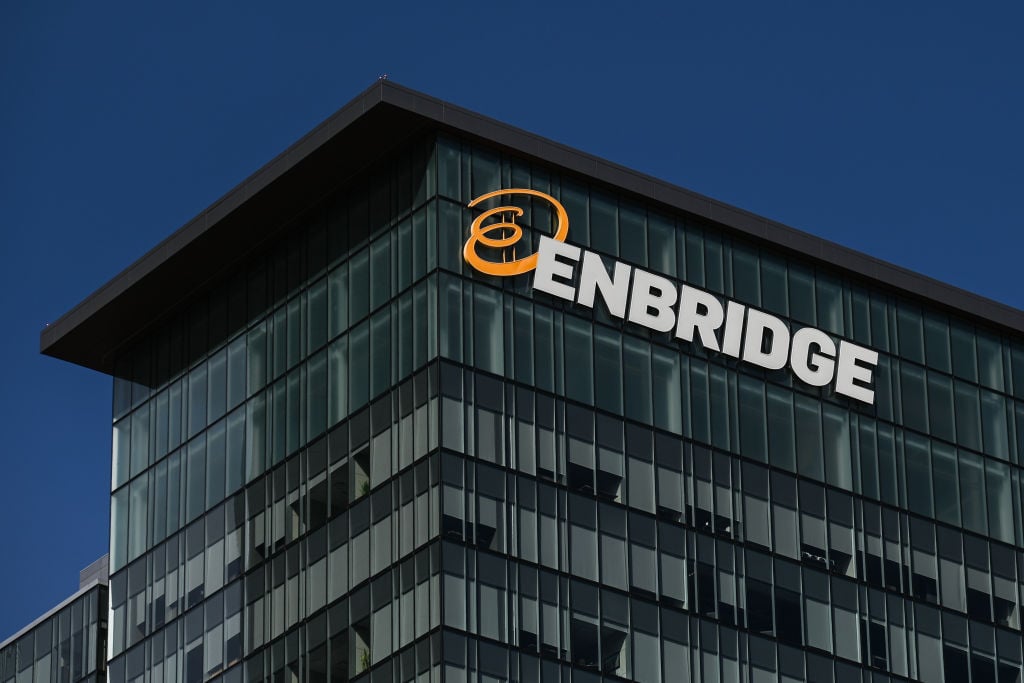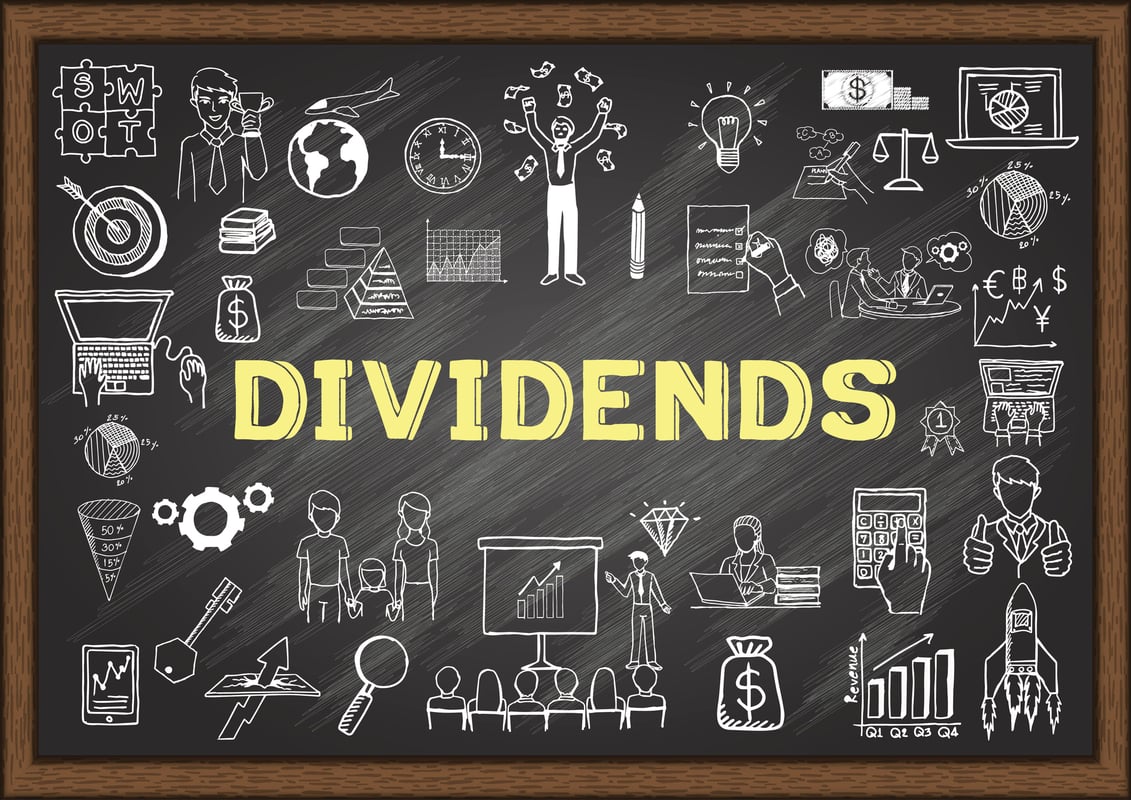Enbridge (ENB +1.37%) is one of the largest midstream companies in North America, and it offers an attractive 7.3% dividend yield. That said, it won't be a great fit for all investors. And those who like the business might find the next few years troubling, even though the longer-term outlook is notably brighter. Here's some things you need to consider while you are making the buy, sell, hold call on Enbridge.
Buy Enbridge
So the first reason that most investors will run across Enbridge is probably its ultra-high dividend yield. At 7.3%, there's a lot to like. But it doesn't stop at the yield. Enbridge has increased the dividend annually for 29 consecutive years. The dividend is also backed by a strong business, given Enbridge's investment-grade rating and the fact that the distributable cash-flow (DCF) payout ratio of 65% or so is comfortably in the middle of management's target DCF payout ratio range.

Image source: Getty Images.
If you are a dividend investor looking for a high-yield energy stock, Enbridge should be on your list of candidates. But there's even more good news here. Enbridge is a toll taker, charging companies fees for using its energy-infrastructure assets. So its cash flows tend to be strong no matter what is going on with commodity prices. Beyond that, Enbridge also owns natural gas utility assets and a renewable-power portfolio. Although much smaller than its pipeline operations, these two businesses provide reliable cash flows, add to diversification, and help Enbridge transition toward a clean energy future. For conservative income investors, there's a lot to like about Enbridge.
Sell Enbridge
But no business is perfect. Enbridge is in the middle of buying a trio of natural gas utilities from Dominion Energy (D +1.61%). That will increase diversification, but comes at a cost. First off, Enbridge has to fund the deals, which will increase its debt pile. That, in turn, will mean higher interest expenses. Over time, the company will probably pay down that debt to ensure it maintains an investment-grade rating. But over the next couple of years, investors should expect only modest distributable cash-flow growth.
Management put a number on that, too, with guidance of roughly 3% distributable cash-flow growth each year between 2023 and 2026. The dividend won't grow any faster than that and may, in fact, grow more slowly. The big yield was always going to be the key driver of investor returns with Enbridge, but it could be virtually all of the return for a couple of years.

NYSE: ENB
Key Data Points
Management thinks DCF growth and dividend growth will tick back up toward 5% in 2027 and beyond. But in the near term, the dividend will have a hard time keeping up with the ravages of inflation. Investors might be more interested in high-yield stocks with a little more near-term dividend-growth potential.
Hold Enbridge
If you own Enbridge, however, don't rush to press the sell button. With a 7%+ yield, you are almost all the way to the 10% return that the market has historically provided to investors. If the dividend goes up 3%, and the stock rises about that much to maintain the yield level, you'll be at 10%. That's not bad, even if the stock looks like a relative laggard. And you'll be collecting a huge yield while you wait for DCF growth, and likely dividend growth, to increase in 2027. If the company hits its targets, the buying power of the dividend will be growing over time at that point.
Moreover, you will own an energy company that has reliable cash flows and a business that it is shifting along with the global energy markets it serves. It is still an attractive high-yield "punt" in the energy sector for those who believe a lower carbon future is in the cards.
Not for everyone
All in all, dividend-growth investors will probably want to look elsewhere. Enbridge is a slow and boring tortoise, and that's not going to change. In fact, the company will be crawling a bit more slowly over the next few years, but for conservative income-focused investors, that probably won't be too big a problem given the huge yield and reliable business model.






